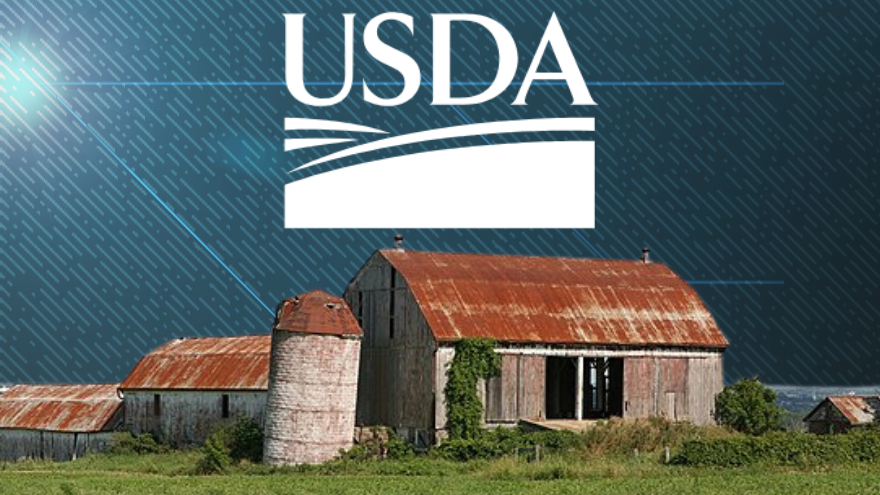New data shows that the number of farms in America is on the decline while the number of newer farmers increased.
The United States Department of Agriculture released its latest Census of Agriculture, revealing a number of changes within the multi-billion-dollar industry.
The data derives from information collected in 2022 by the National Agricultural Statistics Service and marks the sixth census conducted by the USDA. The U.S. Department of Commerce, Bureau of the Census managed the agriculture census between 1840 and 1996.
“Today’s Census of Agriculture Report underscores it’s imperative that we continue to deliver agriculture policies that create multiple streams of income and new, more competitive models for small- and mid-sized farms,” said Agriculture Secretary Tom Vilsack in a press release on Feb. 13. “A combination of trade wars, the pandemic and policies that furthered a ‘get big or get out’ mentality pushed more people out of farming in the five years since the last Census, than in any other Census period this century. America, and especially our rural communities, cannot afford this trajectory toward larger, but fewer, farms.”
Analysts have noted that, while the number of farms in America has declined, the average size of a farm has increased from 441 acres in 2017 to 463 acres in 2022. During the same time period, the nation went from 2.04 million farms to 1.9 million – a 7% decline.
Approximately 95% of all farms in America are family-owned and 43% of farms had a net positive cash farm income in 2022.
In total, ranches and farms in the U.S. produced $543 billion in agriculture products in 2022 – $154 billion more than 2017. Farm production expenses reached a national total of $424 billion.
“In 2022, 116,617 farms sold directly to consumers, with sales of $3.3 billion. Value of sales increased 16% from 2017,” reports KBRX. “The 105,384 farms with sales of $1 million or more were 6% of U.S. farms and 31% of farmland; they sold more than three-fourths of all agricultural products. The 1.4 million farms with sales of $50,000 or less accounted for 74% of farms, 25% of farmland, and 2% of sales.”
Farmers also got older in the last five years. The average age of a producer was 58.1 – marking a 0.6-year increase from 2017. Approximately 9% or 296,480 producers were under the age of 35. Moreover, over 1 million had 10 or fewer years of experience – an 11% increase from 2017.
Additionally, the number of farms with internet access rose 4% from 75% in 2017 to 79% in 2022.
“We are pleased to provide updated Census of Agriculture data to all those who serve U.S. agriculture, especially the producers who gave their time to complete the questionnaire,” said NASS Administrator Hubert Hamer, per WTAQ. “Census of Agriculture data tell a story. This comprehensive snapshot every five years helps data users to see trends and shifts in the industry over time and helps producers do business.”
“Overall, though there are always changes across U.S. agriculture, the data remain largely consistent with the previous ag census,” he continued. “Data users will also notice some new data on the topics of hemp, precision agriculture, and internet access.”

